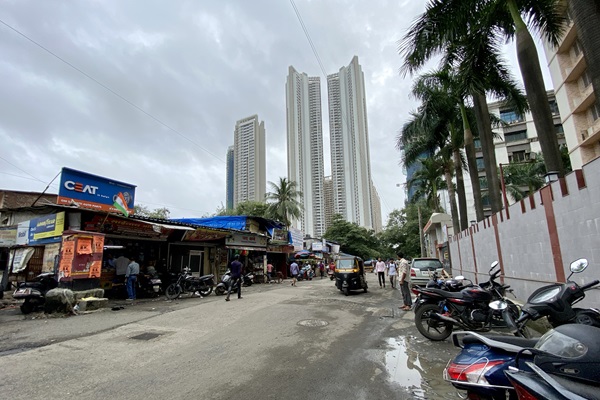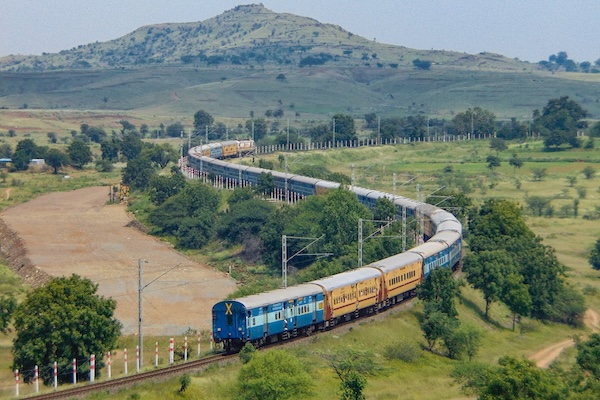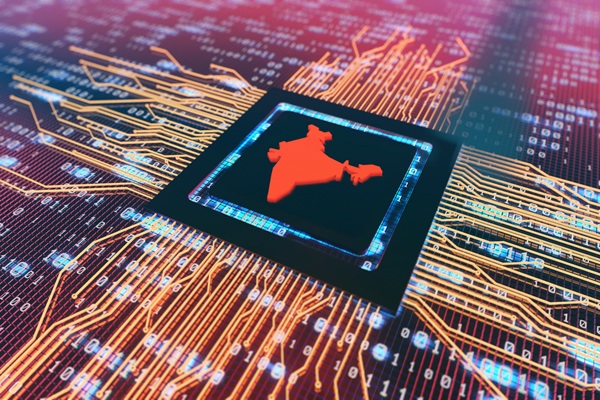.png)
Sharmila Chavaly, ex-senior civil servant, specialises in infra, project finance, and PPPs. She held key roles in railways and finance ministries.
April 8, 2025 at 11:18 AM IST
India’s infrastructure ambitions have always been central to its growth strategy, with public-private partnerships playing a pivotal role in delivering roads, airports, and urban transport systems. Yet, these projects are increasingly encountering public backlash—ironically, not always because of poor quality or flawed policy, but often due to missteps in execution, planning, and public engagement.
Three issues currently dominating social media outrage point to this growing trust deficit: extended tolling on national highways, the concreting of roads in Mumbai, and user development fees at airports. The airport surcharge merits separate attention, but the first two expose a troubling pattern where otherwise sound initiatives have been derailed by opacity, inadequate communication, and weak oversight.
Highway tolling beyond the original concession period has triggered sharp criticism. Many PPP highway projects were initially pitched with the implicit assurance that toll collection would end once the builder recovered its costs and the concession period expired. Instead, tolling has been extended—sometimes indefinitely—provoking allegations of “perpetual tolling” and broken promises.
Yet, this outrage misses the policy rationale. Extending tolls is not inherently unreasonable. Governments across the world rely on toll revenues long after construction costs are recovered. In France, the Paris-Lyon Autoroute has been tolled for over five decades to fund road expansions and maintenance. States like Texas and Florida in the US use tolls to finance new segments of highway networks. In Japan, long-standing tolls on expressways cross-subsidise rural roads.
In India, the National Highways Authority follows a hybrid model: some roads see tolls withdrawn post-concession, while others continue to be tolled to fund upgrades or cover high maintenance costs. The principle is pragmatic. The problem is the lack of transparency. There is no authoritative public record showing which highways will remain tolled, for how long, and what the toll revenues are being used for. Nor is there accountability for deteriorating road quality on toll stretches. High toll rates have led to the widespread perception of paying “first-world tolls for third-world roads.”
This policy mistrust is avoidable. What is needed is a clear, accessible Toll Road Dashboard listing every tolled highway, its concession end date, and any extension along with justification. It should also show a breakdown of how toll money is used—for example, 60% for maintenance, 30% for new infrastructure, and 10% for technology upgrades.
The government should enforce strict quality standards, linking toll collection to performance. If road conditions deteriorate, tolls should automatically reduce. Town halls and public consultations can be held to explain toll extensions, mirroring the approach taken with metro rail fare hikes. Finally, dispelling the myth that tolls are pure profit is crucial. In a well-run system, nearly 70% of toll revenue is typically used for ongoing upkeep.
If extended tolling is an example of good policy undermined by poor communication, Mumbai’s ₹120 billion road concretisation drive is a case of good intent undone by flawed execution. The case for switching from asphalt to concrete is strong. Concrete roads last two to three times longer, require less maintenance, and offer better fuel efficiency.
In 2023, the Brihanmumbai Municipal Corporation unveiled a bold plan to make the city pothole-free by concretising all roads. Two years on, the reality is more chaotic. Roughly 700 km of roads are simultaneously under construction, causing widespread traffic congestion, pedestrian risks, and a surge in dust and noise pollution. The project is already running over budget, with reports of a 15 to 20% cost escalation. Worse, newly-built roads are showing early signs of cracking, poor drainage, and uneven surfacing.
The backlash stems from three missteps. First, many roads with five to seven years of life remaining were dug up prematurely. In contrast, countries like Germany only replace asphalt roads at the end of their life cycle, especially in capital-intensive projects like autobahn upgrades. Second, the rollout lacked phasing or prioritisation. Delhi city’s decade-long road upgrade focused first on arterial roads, minimising disruption while delivering early wins. Mumbai’s plan lacks such logic. Third, there is no public monitoring dashboard to track project progress or contractor performance.
A smarter rollout would have prioritised high-traffic and bus corridors first and left residential lanes for later stages. Excavated asphalt could have been recycled for rural roads or used in landfills, a common practice in the Netherlands. Modern technologies, such as AI-driven road condition surveys used by Singapore’s Land Transport Authority, could have helped identify roads truly in need of replacement. A real-time dashboard—perhaps with a user-friendly name like MumbaiConcreteWatch—showing milestones, contractor scorecards, and expenditure updates would have gone a long way in restoring credibility.
Ultimately, winning back public trust in infrastructure projects requires a shift in approach. For tolling, the government should explain the rationale, deliver world-class quality, and prove it through third-party audits—a simple ‘Explain → Deliver → Prove’ model. For projects like concretisation, the approach should be to phase construction, monitor transparently, and adapt based on public feedback—a ‘Phase → Monitor → Adapt’ model.
Across all PPP projects, there is a strong case for proactively disclosing service-level standards and penalties for non-compliance. If the public knew, for instance, that a road concessionaire is obligated to fix potholes within 48 hours or face toll rebates, resistance could transform into support. These principles—transparency, accountability, and citizen engagement—are not just good politics. They are essential for infrastructure credibility.




